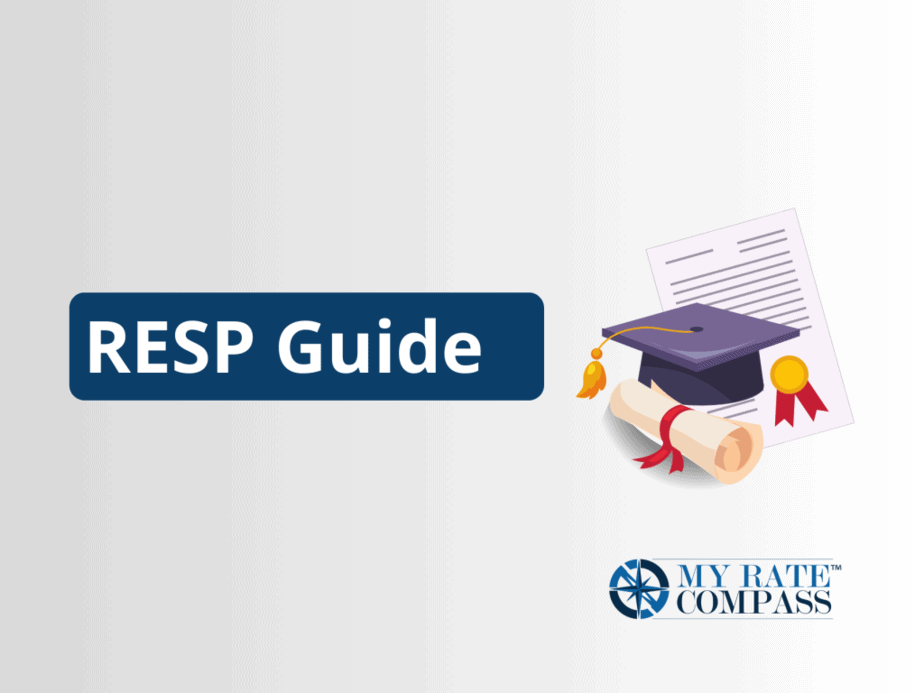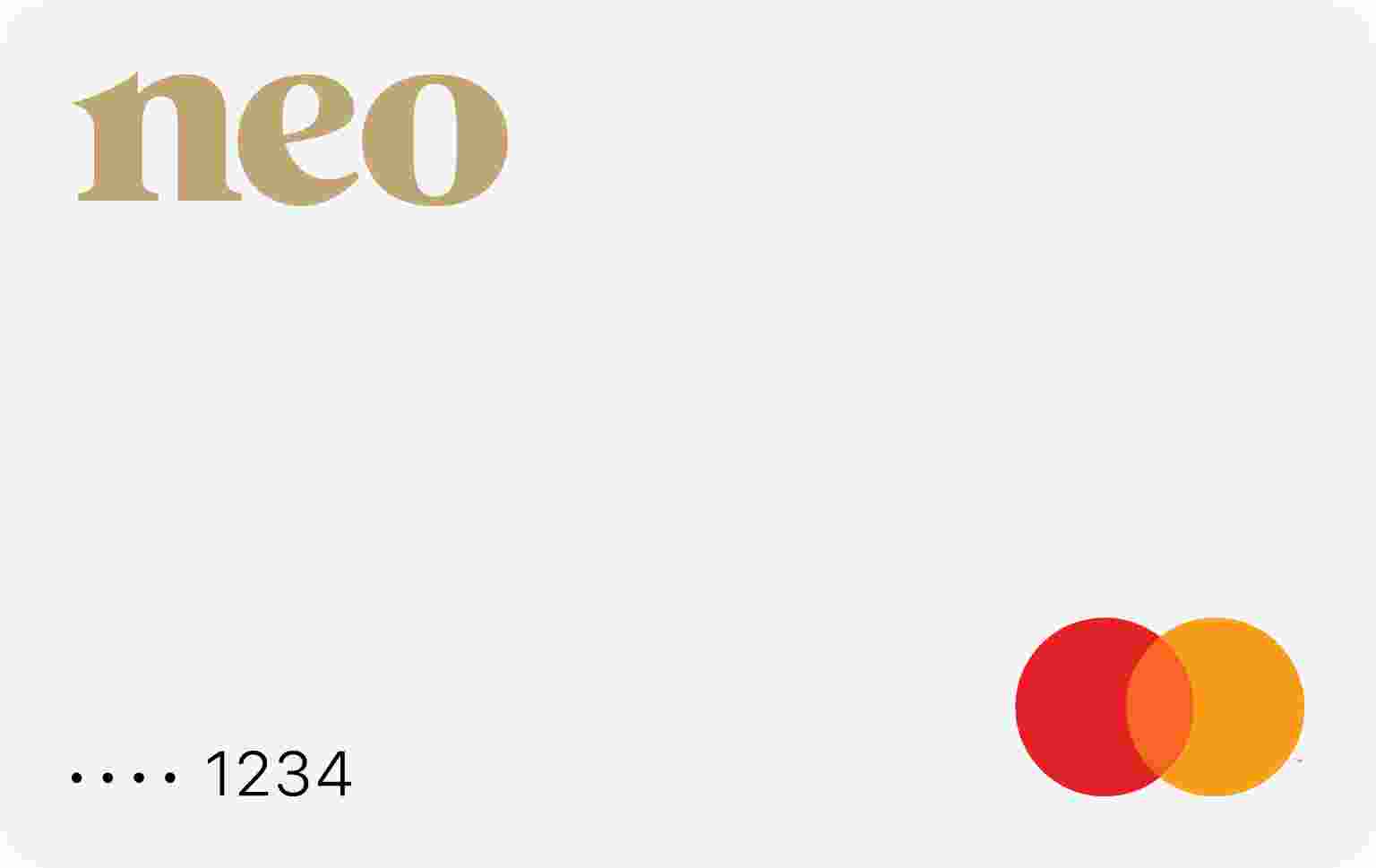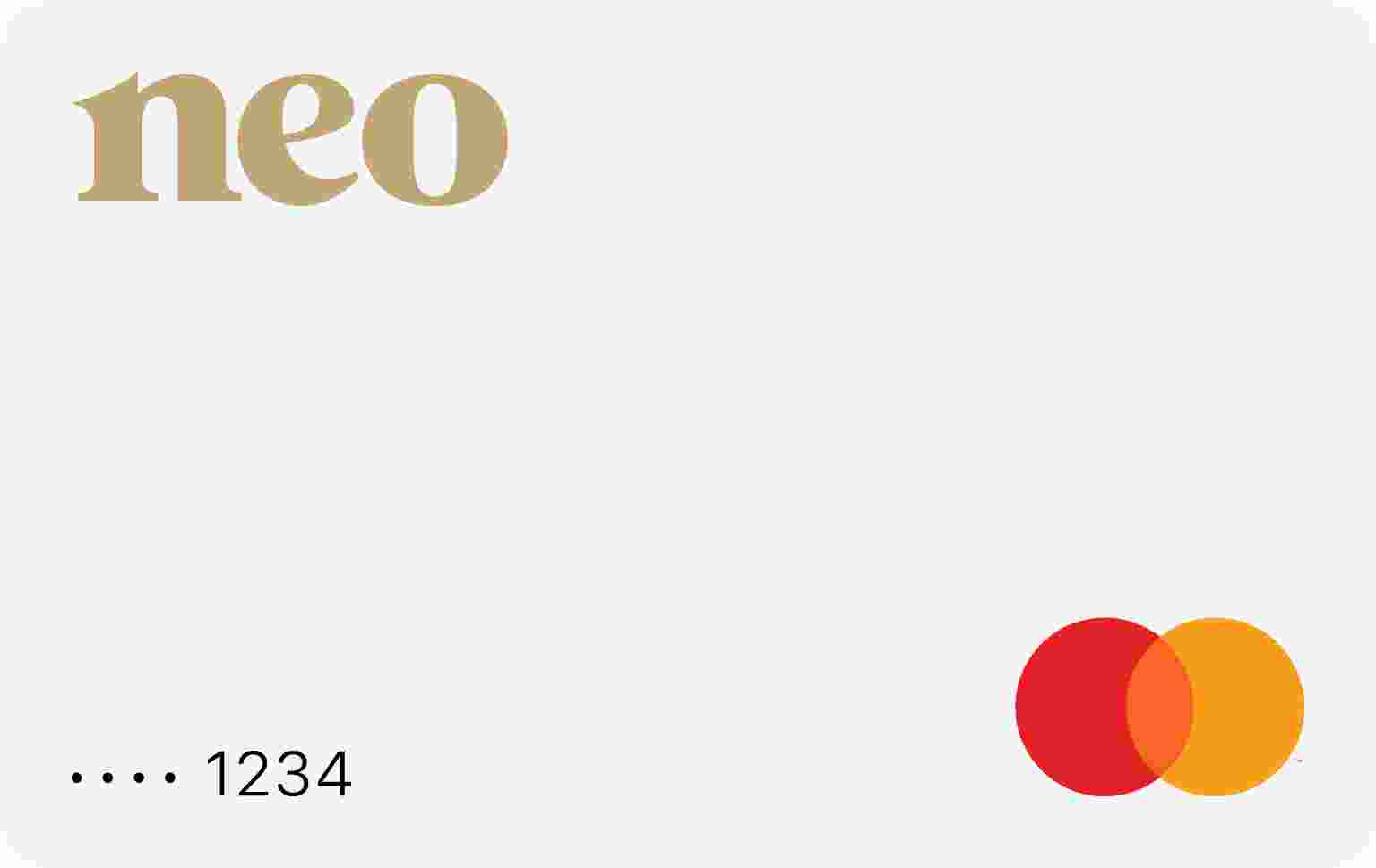What You Need to Know About RESPs
A Registered Education Savings Plan, RESP for short, is a registered account with the Canadian government that is designed to help parents save for their child’s future post-secondary education. As you’re probably aware, post-secondary education isn’t exactly the cheapest and the sooner you start investing, the better financially equipped you’ll be.
RESPs are registered accounts which means that they come with a unique set of rules and limitations. While that may seem daunting, there are also various perks to using a RESP account as opposed to a regular savings account. To learn more about RESPs, how you can start saving for your child’s education, what the limitations and perks are, continue reading below.
What is a RESP?
A RESP is an abbreviation of Registered Education Savings Plan (RESP). A RESP is a registered account with the Canadian government and was put in place to motivate parents to save for their children’s post-secondary education.
How Does a RESP Work?
Anyone can open an RESP for a child, but they are often opened by parents, grandparents or guardians. To open an account, you’ll need the child’s birth certificate and their social insurance number. The person who opens the account is known as the subscriber and the child who the account was opened for is known as the beneficiary.
RESP accounts are offered by the majority of banks in Canada including traditional banks, credit unions, online banks and mutual fund companies. You can open multiple RESPs, however, the total combined contributions cannot exceed $50,000. If you exceed the contribution limit, you’ll face a 1% tax per month until the excess amount is removed. For simplicity, people usually choose to only open one account.
Contributions into a RESP account are tax free. Invested money generates a 20% return on investments immediately because of the Canadian Education Savings Grant (CESG), more on that below. With a RESP, you can also invest in other things, such as bonds, stocks and mutual funds.
What is the Canadian Education Savings Grant?
The Canadian Education Savings Grant (CESG) gives 20% of an investment into a RESP back, up to a maximum of $500 per year. For example, if you contributed $1,000 into an RESP, you would get an additional $200 back ($1,000 x 20%). In order to receive the full $500 grant every year, you’ll need to contribute $2,500 during the year.
You might be thinking $2,500 is a lot of money to part with in one year. Fortunately, the CESG program allows you to catch up for up to one year. This means if you failed to contribute $2,500 last year, you could contribute this year’s $2,500 plus what you didn’t contribute last year and receive the full grant. For example, if you contributed $1,500 last year and $3,500 this year, $5,000 in total, you would receive $1,000 from the grant in the current year. This only works when you go back one year, you cannot try to earn money from the grant by going back further.
The CESG program gives families with middle to low income an additional payout. Families that have a net income of $45,916 or less, their children would receive a 40% match on the first $500 in RESP contributions. They would also receive 20% contributed between $501 and $2,500. With this added benefit, the CESG program gives back a $600 benefit when families contribute $2,500.
For families with a net income between $45,917 and $91,831, children would receive a 30% match on the first $500 contributed and 20% on contributions between $501 and $2,500. Overall, this benefit is worth $550 when families contribute $2,500 into their children’s RESP.
Different Types of Canadian RESPs
If you decide to open a RESP for a child, you have various options to choose from. You can learn more about each option below.
Family Plan
A family plan allows you to have numerous beneficiaries, but all the beneficiaries must be related by blood or adoption to the subscriber. The benefit of this type of RESP is that the money can be allocated as needed per child. Each of the children can choose different post secondary paths which can have varying costs.
Non-Family Plan
On the contrary, a non-family plan only has one beneficiary. This type of RESP is favourable to subscribers who would prefer to manage an individual RESP for each child. It is also designed for those who only have one child. The benefit of a non-family plan is you can invest based on the child’s current education timeline.
Group Plans
Group RESPs or group scholarship trusts are the final option available. The subscriber’s RESP investments are pooled with others and managed by a plan dealer. Your child’s return would be based on the total amount invested and how many students of the same age are pursuing education that year.
This plan may seem optimal, however, there are drawbacks. There are strict contribution and withdrawal rules which are completely out of your control. If you violate these rules, there may be large penalties and it could impact how much money your child will receive when they attend school.
How to Make a Withdrawal from Your RESP
Thankfully, the process of withdrawing from a RESP is fairly straightforward. Once the beneficiary is enrolled in an eligible post secondary institution, either on a part time or full time basis, the subscriber would request funds to pay for the beneficiary’s education in full or in partial.
The amount of money the subscriber contributed is referred to as post-Secondary Education Payments, PSE for short. PSE amounts are not taxed. When you make a withdrawal from a RESP, you’re incurring an Education Assistance Payment, EAP for short. EAPs are taxable in the beneficiary’s hands. While this may seem daunting, most post-secondary students have low income so they will pay little tax, if any. In addition, education tax credits will typically eliminate any tax the student owes.
During the first thirteen consecutive weeks of post-secondary education enrollment, a limit of $5,000 for full time students can be withdrawn. The limit for part time students is $2,500 during this time period. After the thirteen-week period has passed, you can request additional funds with no limitations. The only exception to this rule is if the student takes a break from education or doesn’t re-enroll with the eligible post-secondary program for twelve months.
What Happens If the Beneficiary Decides Against Pursuing Education?
Ultimately, you can save and save and save for your child, but they may choose not to pursue post-secondary education. Fortunately, in this case, there are a few ways you can utilize your RESP investment if your child decides not to attend a post-secondary education institution.
You can use the funds for another beneficiary, such as another child. With family RESP plans, this is particularly easy to do. With group RESP plans, transferring funds to another beneficiary could be possible without any fees, but you’ll need to read the fine print of your agreement.
If you don’t have any other children or potential beneficiaries, a RESP can be open for thirty-six years so you can leave it be for that time. Alternatively, any contributions made into a RESP and investment income earned on those contributions can be transferred into a Registered Retirement Savings Plan (RRSP), up to $50,000. To qualify for this transaction, you must meet the following criteria:
- Be a Canadian resident
- RESP account has been open for at least 10 years
- All beneficiaries must be at least 21 years of age and not pursuing post-secondary education
- Have enough contribution room in your RRSP
The decision to close a RESP is usually the last resort option for most subscribers. Grants and bonds from the government will need to be returned, but contributions made by you are still tax-free and entirely yours.
You are also allowed to withdraw from the RESP, but your earnings will be taxed at your regular taxation level plus an additional 20% which is referred to as the Accumulated Income Payment. In order to make a withdrawal, all beneficiaries must be at least 21 years of age and not pursuing post-secondary education.
Investing In Your Child’s Future
The primary purpose of a RESP is to invest in your child’s future while also taking advantage of government incentives. While all of this information might feel daunting, the earlier you open an account, the better. You’ll be able to take advantage of compound interest the earlier you start an account which will build funds for your child’s future education. Opening an account is easy, get started today!






